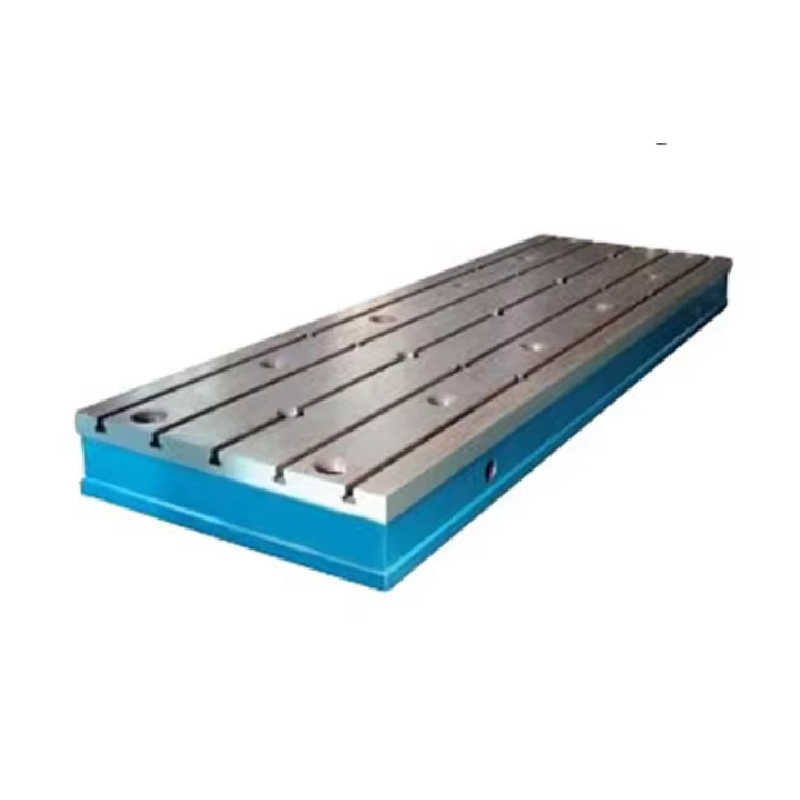Sep . 07, 2024 00:42 Back to list
Backcheck Valve - Overview, Function, and Applications
Understanding Backcheck Valves Essential Components in Fluid Systems
Backcheck valves, also known as one-way or non-return valves, play a crucial role in various fluid systems, ensuring that the flow of liquids or gases moves in a single direction. These valves are designed to prevent backflow, which can cause damage to equipment, contamination of supplies, and inefficiencies in industrial processes. Understanding the importance, functioning, and applications of backcheck valves is essential for engineers, technicians, and anyone involved in fluid management.
How Backcheck Valves Work
The primary function of a backcheck valve is to allow fluid to pass through in one direction while preventing it from flowing backward. This function is accomplished through a simple mechanism, typically involving a disk or ball that seals off the passage when reverse flow occurs. Most backcheck valves operate on a spring-loaded mechanism, which opens to allow forward flow and closes when the direction of flow changes.
When the fluid enters the valve from the designated inlet, it pushes the disk or ball off its seat, enabling flow. If the pressure on the outlet side attempts to push fluid back into the valve, the disk or ball is forced against its seat, effectively sealing the passage and stopping any reverse flow. This fundamental operation is what makes backcheck valves indispensable in maintaining the integrity and efficiency of fluid systems.
Importance of Backcheck Valves
Backcheck valves are vital in various applications, including plumbing, water supply systems, HVAC units, and industrial processes. Preventing backflow helps protect pumps, compressors, and other equipment from pressure surges that can lead to mechanical failure. Moreover, in situations where fluids are stored, such as tanks or reservoirs, backcheck valves prevent contamination from reverse flow, ensuring the quality and safety of the stored liquids.
backcheck valve

In addition to protecting equipment and maintaining fluid integrity, backcheck valves also contribute to energy efficiency. By preventing backflow, these valves help maintain consistent pressure levels in systems, reducing the workload on pumps and other machinery, which ultimately leads to lower energy consumption.
Applications of Backcheck Valves
Backcheck valves are found in a wide range of industries and applications. In municipal water supply systems, they are essential for preventing contamination in drinking water. In culinary applications, backcheck valves ensure that cooking fluids do not flow back into sources of potable water. In industrial settings, these valves are crucial in processes involving hazardous materials, where backflow could lead to significant safety risks.
Moreover, backcheck valves are widely used in HVAC systems to prevent reverse flow of air, contributing to more efficient heating and cooling. They are also commonly found in swimming pools and spas, where they prevent water from flowing back into the filtration systems.
Conclusion
In summary, backcheck valves are essential components that enhance the reliability and efficiency of fluid systems across various applications. Their ability to prevent backflow not only protects equipment but also ensures the safety and quality of fluids. As industries continue to evolve, the demand for reliable and effective backcheck valves will remain a priority, underpinning their importance in modern mechanical and fluid engineering. Understanding their operation and applications is crucial for anyone involved in fluid management and control systems.
-
Why Metric Trapezoidal Thread is Ideal for Precision Motion ControlNewsAug.05,2025
-
The Unique Properties of a Block of Granite for Industrial UseNewsAug.05,2025
-
The Role of Flanged Y Strainers in Preventing Pipeline ClogsNewsAug.05,2025
-
The Importance of Regular Calibration for Master Ring GagesNewsAug.05,2025
-
How a Cast Iron Surface Table Enhances Accuracy in ManufacturingNewsAug.05,2025
-
Comparing Different Check Valve Types for Optimal Flow ControlNewsAug.05,2025
Related PRODUCTS









